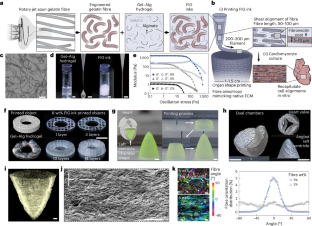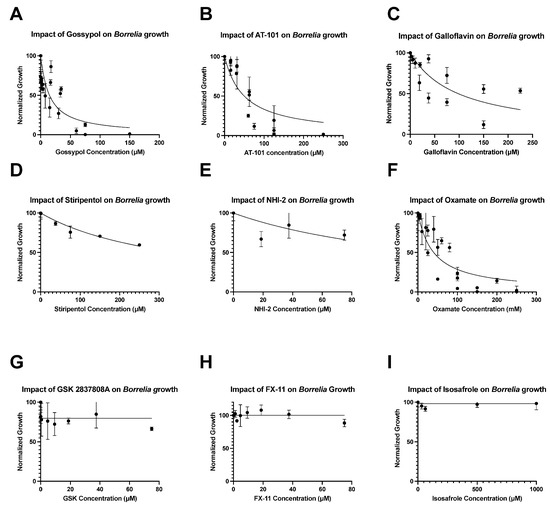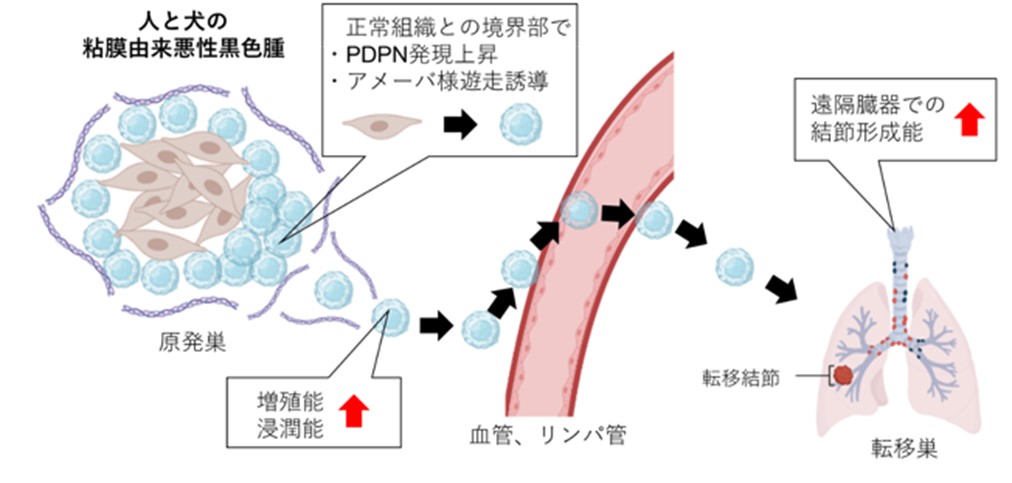2023-07-27 ハーバード大学
◆これにより、心臓病の治療薬の発見に向けた新しい現場プラットフォームを作成し、個々の患者に最適な治療法を評価することが可能になります。また、将来的な目標としては、患者の心臓内の不良または病気の組織を治癒または置換することができる移植組織の製造です。
◆この技術は、心臓弁、二室式のミニチュア心臓など、さまざまな応用が可能であるとされています。今後は、よりリアルな心臓組織の構築に向けて研究を進めるとともに、再生医療に向けた人間組織の構築を目指してさまざまな手法を開発するとのことです。
<関連情報>
- https://seas.harvard.edu/news/2023/07/fiber-infused-ink-enables-3d-printed-heart-muscle-beat
- https://www.nature.com/articles/s41563-023-01611-3
繊維入りゲル足場が3Dプリント心室で心筋細胞の整列を導く Fibre-infused gel scaffolds guide cardiomyocyte alignment in 3D-printed ventricles
Suji Choi,Keel Yong Lee,Sean L. Kim,Luke A. MacQueen,Huibin Chang,John F. Zimmerman,Qianru Jin,Michael M. Peters,Herdeline Ann M. Ardoña,Xujie Liu,Ann-Caroline Heiler,Rudy Gabardi,Collin Richardson,William T. Pu,Andreas R. Bausch & Kevin Kit Parker
Nature Materials Published:27 July 2023
DOI:https://doi.org/10.1038/s41563-023-01611-3

Abstract
Hydrogels are attractive materials for tissue engineering, but efforts to date have shown limited ability to produce the microstructural features necessary to promote cellular self-organization into hierarchical three-dimensional (3D) organ models. Here we develop a hydrogel ink containing prefabricated gelatin fibres to print 3D organ-level scaffolds that recapitulate the intra- and intercellular organization of the heart. The addition of prefabricated gelatin fibres to hydrogels enables the tailoring of the ink rheology, allowing for a controlled sol–gel transition to achieve precise printing of free-standing 3D structures without additional supporting materials. Shear-induced alignment of fibres during ink extrusion provides microscale geometric cues that promote the self-organization of cultured human cardiomyocytes into anisotropic muscular tissues in vitro. The resulting 3D-printed ventricle in vitro model exhibited biomimetic anisotropic electrophysiological and contractile properties.


